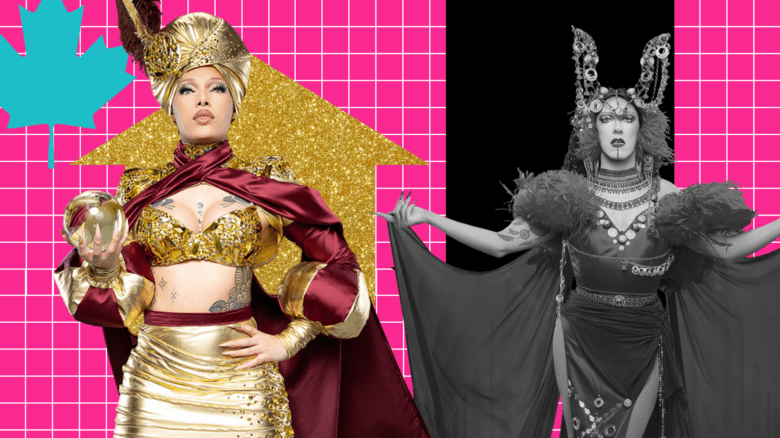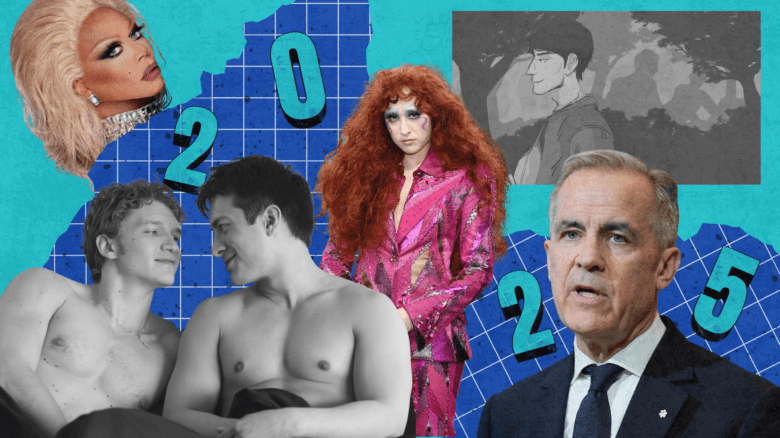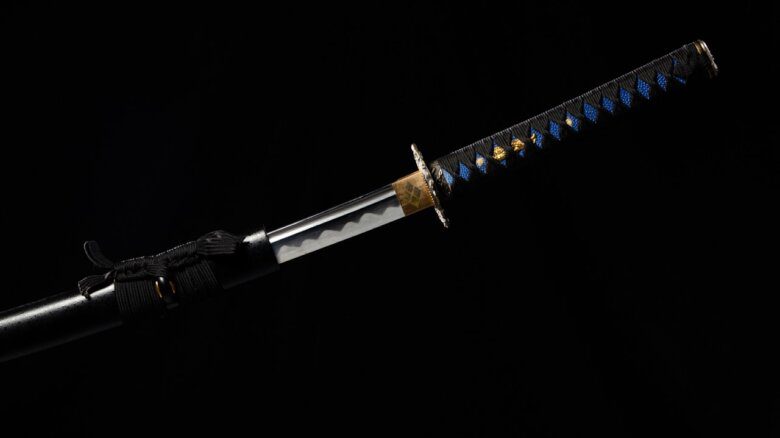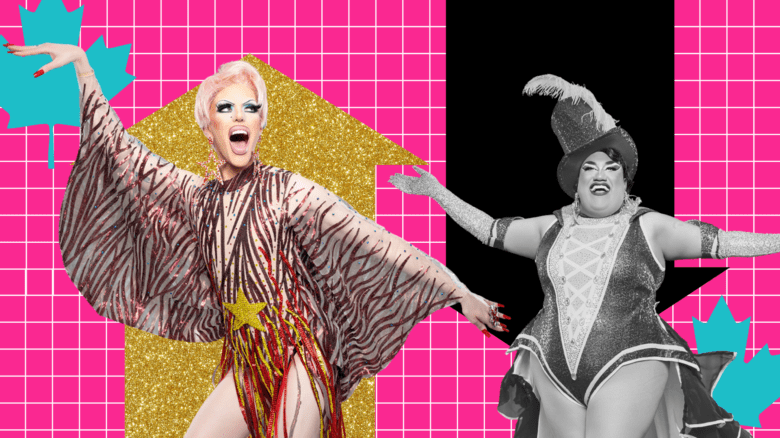The entire decade of the 1960s elapsed between the end of Federico Fellini’s La Dolce Vita, where a lithe young drag queen proclaims, “Someday, we’ll all be homosexual. What a mess that will be!” and the making of Fellini Satyricon, the Italian master’s queerest film. Instead of locating this “someday” in the future, Fellini looked to the past and ancient Rome for what he dubbed his “science-fiction picture.” Loosely based on the writings of the courtier Petronius, Satyricon is Fellini’s most excessive, grotesque, violent and sublime fantasy.
His ’60s counterculture movie about the pre-Christian era is a bawdy fever dream, a pastiche of eclectic art and historical references. We follow blond Encolpio (Martin Potter) on innumerable carnal adventures: reclaiming his coquettish boy-love from rivals, kidnapping the albino demi-god Hermaphroditus, confronting the Minotaur…. The film is a fragmented orgy of aesthetic atrocities.
Like many of his films from this period, Satyricon lacks a narrative drive, instead giving us Cinecitta soundstages crammed with wild and sweaty attractions. Fellini is all about creating a mood, a feeling and, above all, a spectacle for your delectation. You are immersed into a world where the perverse is not only public and common but inseparable from the divine and from death. Bringing life to the sorcerers, poets and beasts are hundreds of exquisitely eccentric human faces that will remain indelibly branded onto your brain. The costumes, the makeup, the sets – whether a teeming brothel or a gluttonous banquet – are unforgettable.
Pauline Kael was trying to be saucy by giving her critical review the title “Fellini’s Mondo Trasho” after John Waters’ first feature, but she inadvertently got it bang on (just compare Divine with Saraghina from 8 1/2 if you don’t believe me). Kael saw Satyricon as an hysterical equation of libertinism with apocalypse that condemned the loose ’60s, but she was mistaking her own distaste for the director’s.
Fellini provides no moral compass for his bacchanalian images; they are undeniably fascinating objects of desire for him and for us, despite being frequently horrifying. Kael mistakes his enthusiasm for decadence, deviance and freaks as an “attitude toward sin” rather than admitting to their queer pleasures and dangers, which do bear a striking resemblance to the “underground” films she sniffs at, like the work of Kenneth Anger or the Kuchar brothers.
She could never have imagined that in queer culture, exhibitionist prancing around, soiled wigs and poor taste could be deep. Fellini once said that, “Satyricon is a film which should ultimately be based on bad acting.” In other words, camp. Even the sky is wearing greasepaint. Fellini’s fictions mischievously draw attention to the fact that they are distortions of reality; the carnivalesque characters stare back at you.
Cinema has been called 24 frames per second of truth by some and 24 frames per second of lies by others. When you tell a lie you are building a world from scratch. Perhaps there is more veracity in that imagined world than in the “truth,” which leaves the status quo unscathed.
Beginning his career in Italian Neo-Realism, Fellini’s art became more and more mythic, artificial and over-the-top while retaining the heightened emotional vitality that made his earlier films so moving. Fellini’s practice of amplification and caricature also enlarges the emotional effect.Each larger-than-life image is a testament to, in the words of his contemporary, filmmaker Pier Paolo Pasolini, the “intensity of [Fellini’s] affection for the world.”
Satyricon is a messy, mesmerizing game of dress-up, in Fellini’s words, a “documentary of a dream.”
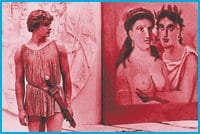
 Why you can trust Xtra
Why you can trust Xtra